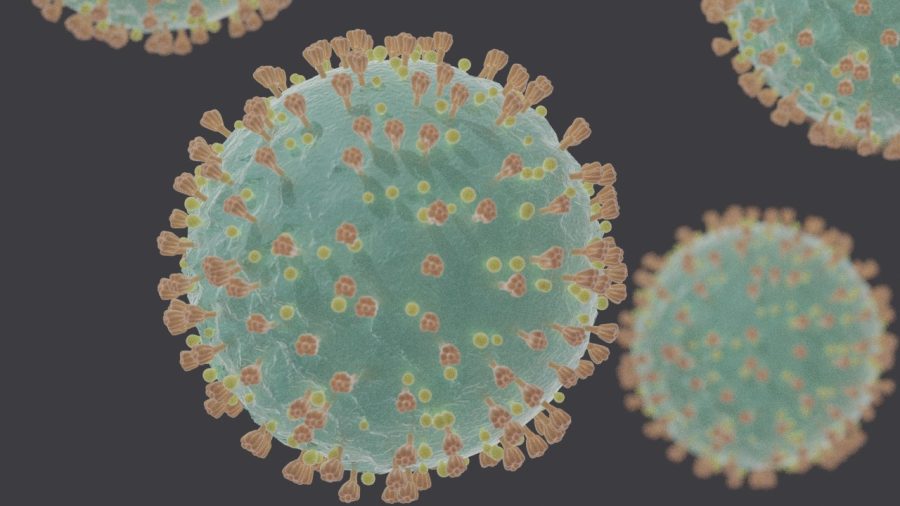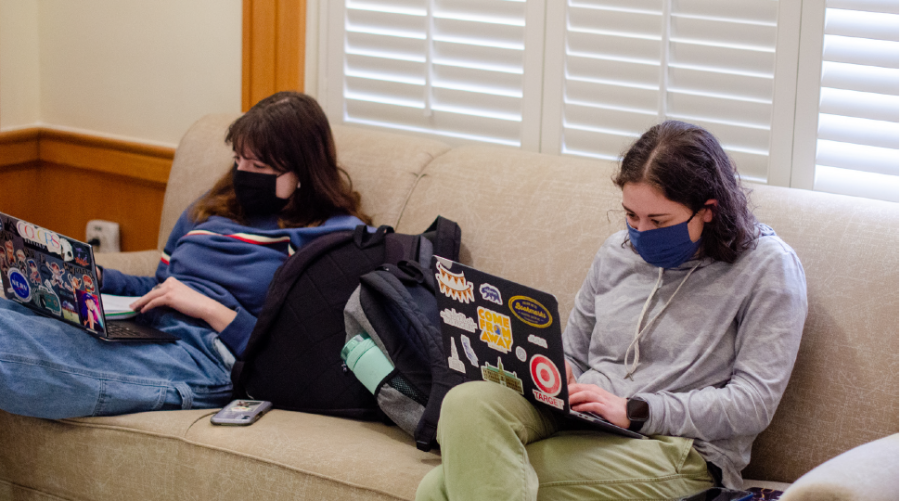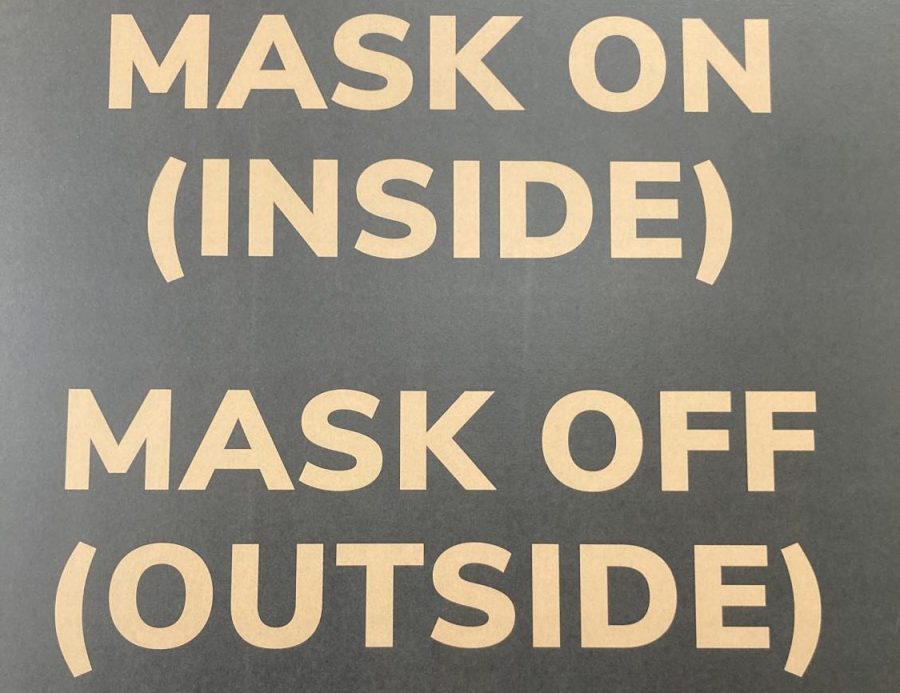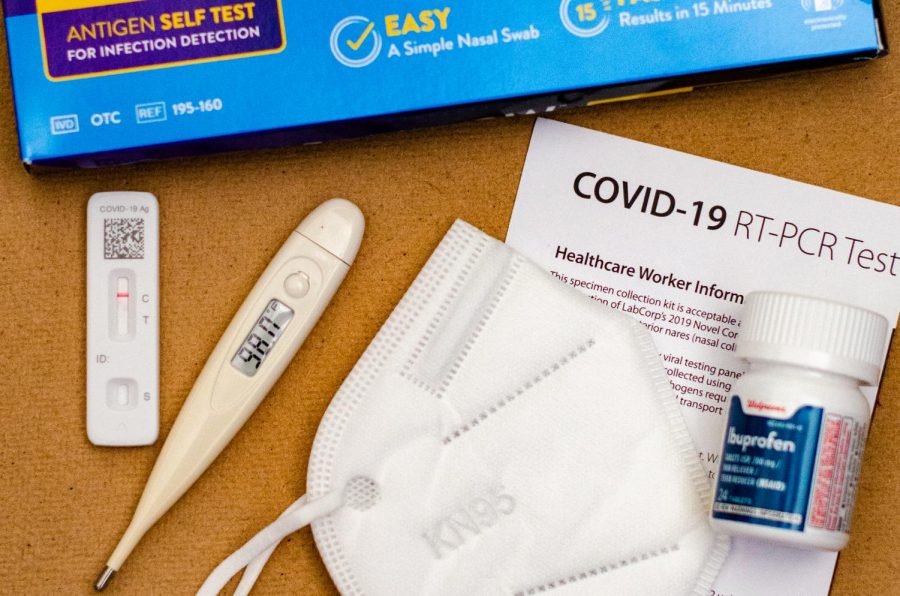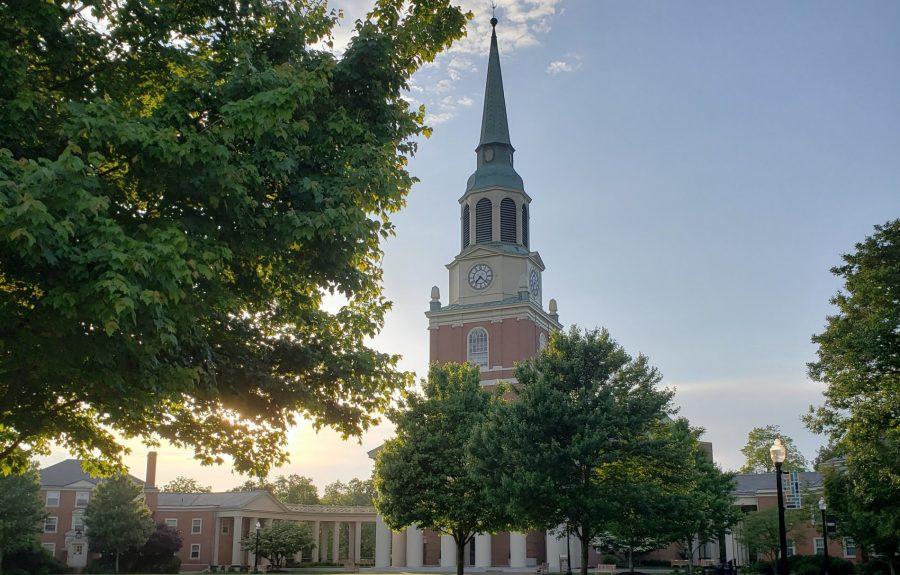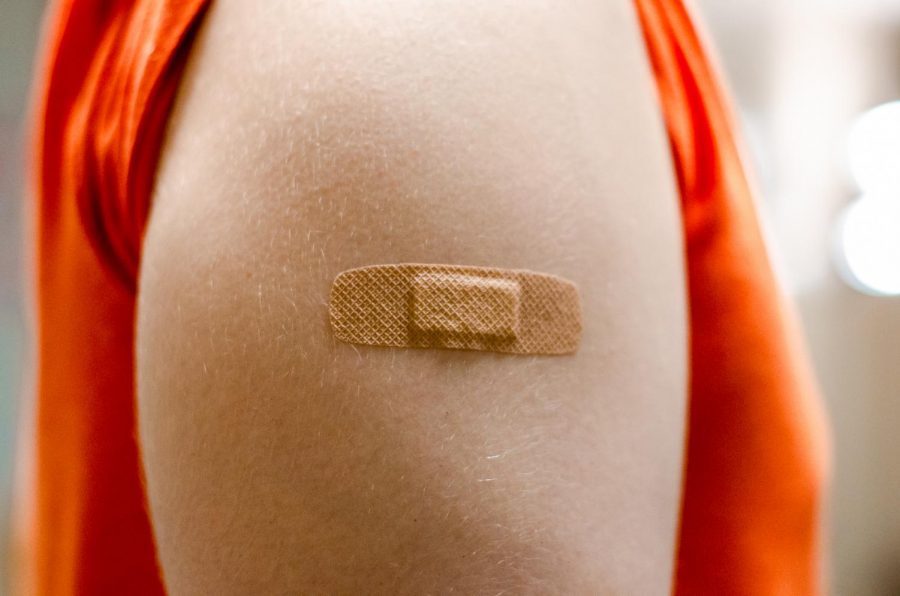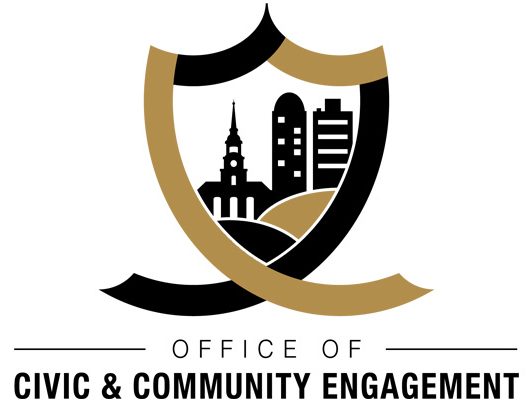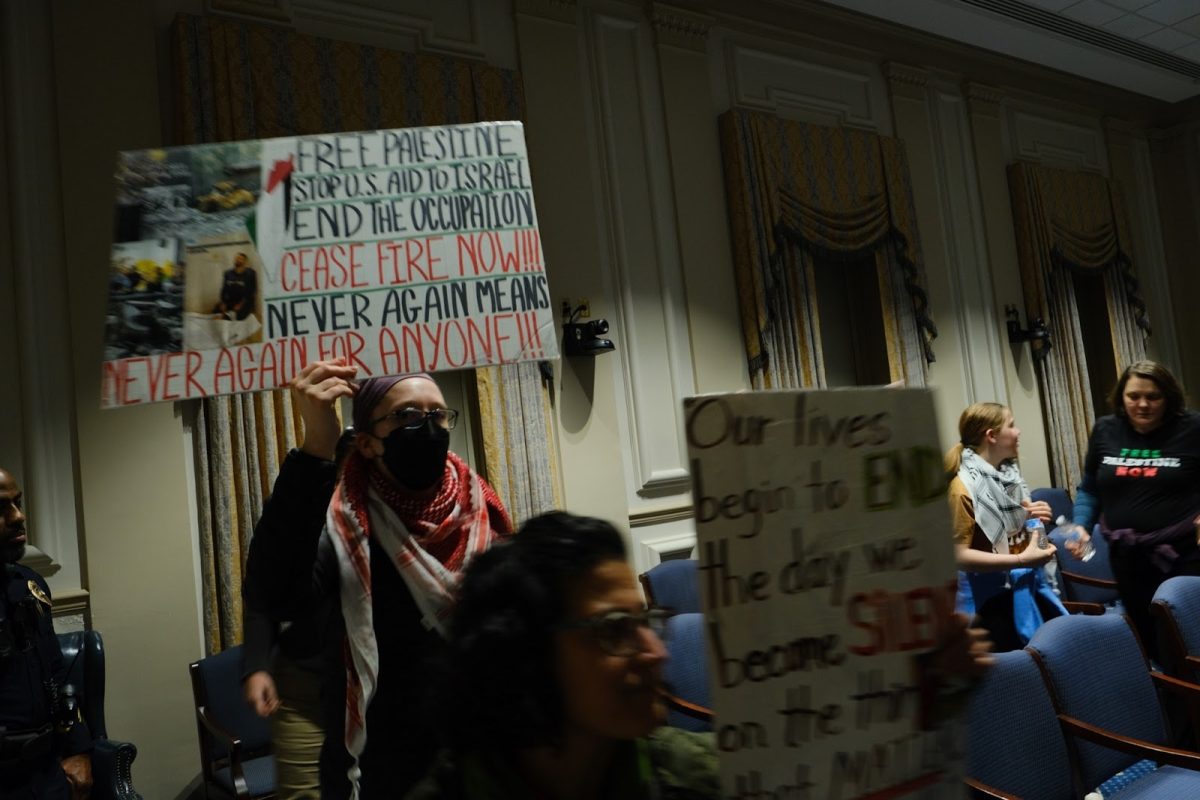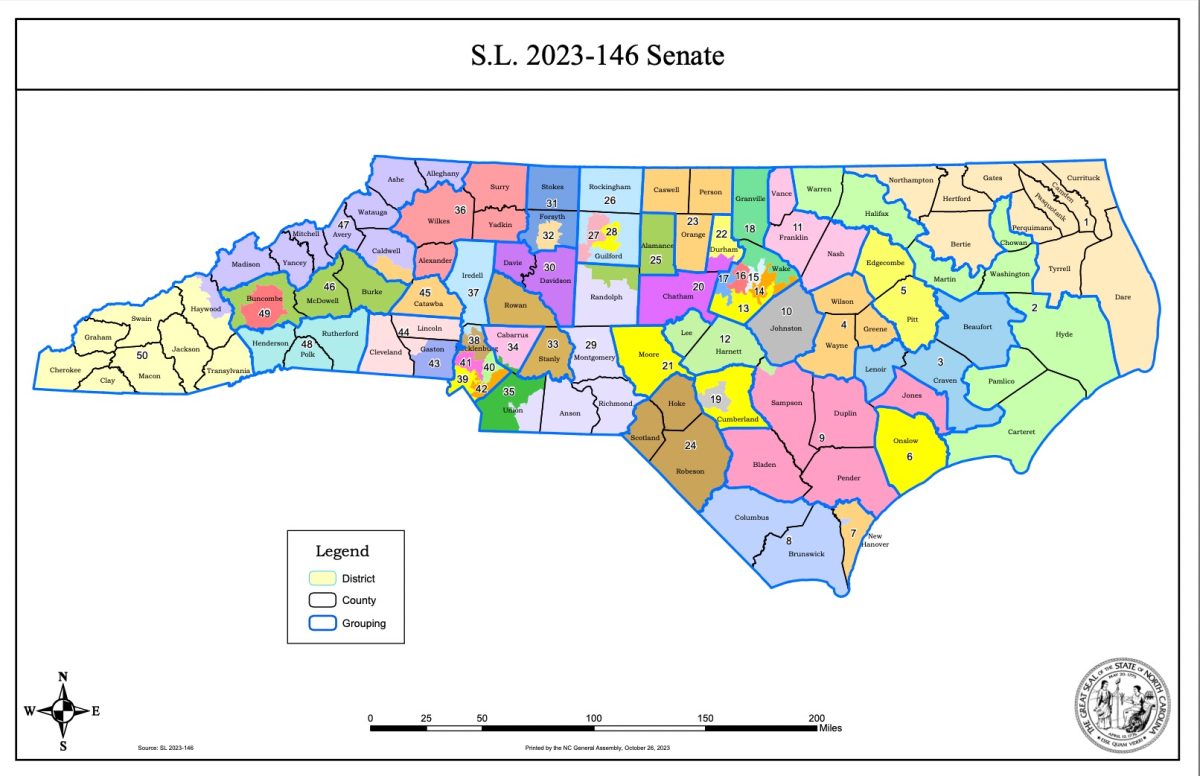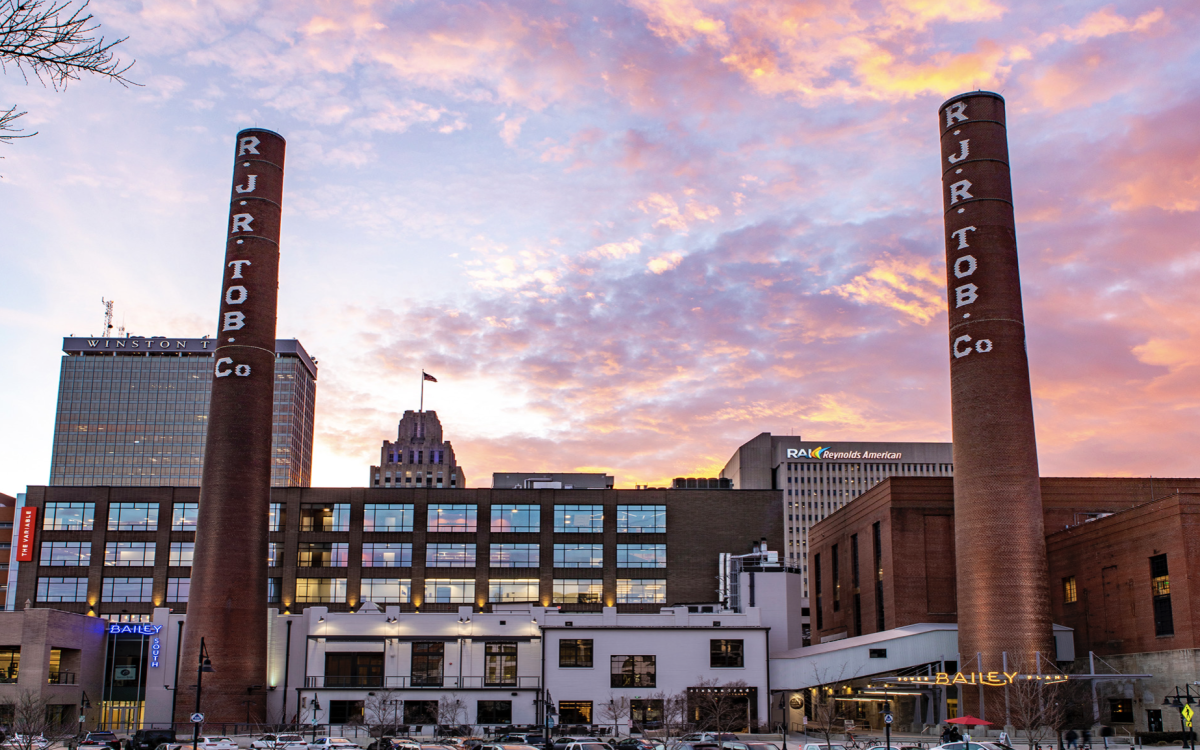On Sept. 1, North Carolina Governor Roy Cooper announced during a press conference that the state will enter Phase 2.5 of COVID-19 restrictions, “continuing our state’s dimmer switch approach to easing some restrictions.” Unlike many other Southern states, North Carolina has not been quick to reopen, allowing the state to maintain a higher degree of control over the spread of the virus compared to many of its neighbors.
Beginning Friday Sept. 4, at 5 p.m., the state moved into “Safer at Home” Phase 2.5, easing restrictions on gathering limits (both indoor and outdoor), exercise facilities, museums, aquariums and playgrounds. This easing of restrictions stands as an important step for both the state of North Carolina as well as the university in the process of returning back to normal life.
The 22-page order, among other things, allows for exercise facilities (including places like bowling alleys) to reopen at 30% capacity, increases indoor gathering limits from 10 to 25 and increases outdoor gathering limits from 25 to 50.
Further, the order allows for playgrounds to reopen as well as museums and aquariums at 50% capacity; however, bars, nightclubs, movie theaters, indoor entertainment centers and amusement parks will remain closed across the state.
Perhaps most importantly, on Sept. 3 the university announced the easing of restrictions that allow the Sutton Center — a cornerstone of campus life at Wake Forest — to take steps toward reopening.
While the gym will look incredibly different from how it looked when students left campus last March, students can still look forward to more exercise and study spaces starting Tuesday, Sept. 8.
According to Executive Director of Campus Fitness and Recreation Joe Cassidy, students can expect indoor weight lifting facilities to open as opposed to the current outdoor setup. Equipment will be available by reservation only to 38 students at a time, more during a single hour than was possible during a whole day with the previous configuration, Cassidy said. Students will be required to wear masks and remain socially distant while exercising.
Some areas, such as cardio and indoor basketball, will remain closed indefinitely and be converted to study spaces instead, primarily to make up for lost study space in traditional study locations such as ZSR Library and Benson University Center due to social distancing guidelines. Meanwhile, students will be able to utilize the rock wall, pool and weight facilities, at limited capacity, by reservation only.
Other than the reopening of the gym, much on campus will remain the same despite the state’s shifting to Phase 2.5 of reopening. Gathering limits will remain at 10 indoors and 25 outdoors while on campus and the residence hall guest policy also remains unchanged.
The university also announced the rollout of a new random testing program, in which around 500 students will be randomly chosen each week to receive COVID-19 testing, primarily to track the prevalence of the virus among students who may not present symptoms.
The university will “consult with public health officials and consider results from the first few weeks of our random testing program before potentially increasing our gathering limits to the new state levels” the administration said in a community wide message.


